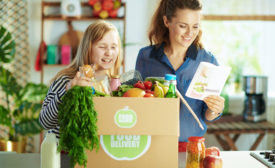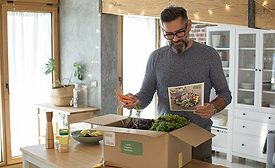Home » Keywords: » meal kits
Items Tagged with 'meal kits'
ARTICLES
The integration of technology to meet higher demands on the foodservice business due to the large number of digital orders also offers significant opportunities to enhance food safety
Read More
Reducing Food Safety Risks in Meal Kits
In the lack of specific regulations, businesses that are involved in meal kits have a responsibility to minimize food safety risks.
February 6, 2023
Improving the Safety of Meal Kits: A Holistic Approach
Popularity of meal kits necessitates heightened food safety vigilance
October 18, 2021
Never miss the latest news and trends driving the food safety industry
eNewsletter | Website | eMagazine
JOIN TODAY!Copyright ©2025. All Rights Reserved BNP Media.
Design, CMS, Hosting & Web Development :: ePublishing






